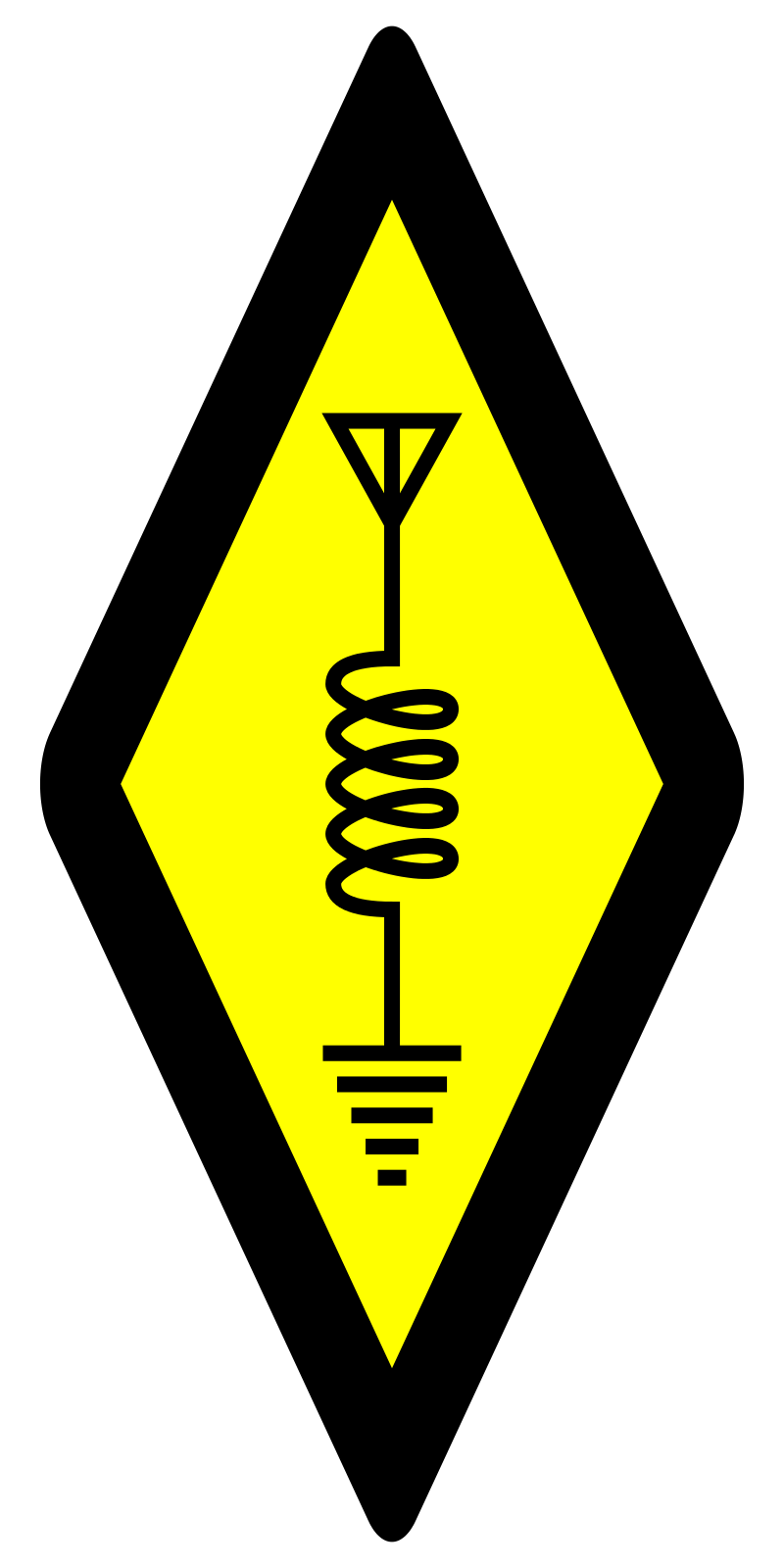The story goes that the name of our hobby, at least in some parts of the world, ham radio, stems from the notion that we as a community were perceived as being ham-fisted in our ability to operate a Morse key. We apparently claimed that slur and made it our own. I’ve never actually been able to verify this narrative, but it goes to the heart of what it is to be part of the hobby of amateur radio, as opposed to Professional radio, which is what I once heard someone refer to themselves as.
This notion that we are playing outside our sandbox, that we’re doing something less than real, that we’re somehow not whole as a result is absurd, especially in the context of how we are an integral part of how spectrum is allocated around the globe. It’s fun to remember that playing outside the box, trialling things, exploring, inventing and learning, is the reason we’re here.
The whole thing is incremental, much like learning to walk, sometimes you fall flat on your face, yet here you are perambulating like a champ. As an aside, did you know that how you get up off the floor is pretty much how you learnt to do it as a toddler, it might not be the most efficient, but it’s how you do it. Speaking of falling down, making mistakes on-air is part and parcel of being an amateur. There’s no protocol police, nobody to issue a fine if you make a mistake, just dust yourself off and try again.
The urge to optimise pervades our hobby. We optimise our antennas, our gear, the time and band we choose to communicate on, the modes we use, the places we operate from, even how we participate in contests, all of it is a cycle of optimisation.
During contests I’ve regularly attempted to flex my imagination to optimise my activities. For example, the VK Shires contest rewards you for combinations of shires, so, I created a map of all the shires, then looked for places to activate, preferably on or near borders, so I could change shire with minimal effort. There are contests that reward different maidenhead locators, so I set about finding spots where you could activate four at once. By the way, a maidenhead locator is an amateur radio geo-locator which I’ll dig into some other time. Contesters regularly use multiple radios to optimise their ability to talk to stations that double their points, so-called multipliers.
Over the years I’ve come across many different excuses for getting on-air and making noise. Popular activities like Parks On The Air, or POTA, Summits On The Air or SOTA, and plenty of others are all programs that aim to get you out of your shack, set up your station at a particular location and make contact with anyone and everyone. On occasion you’ll hear a station combining activities, doing both a POTA and a SOTA activation because the summit is inside the boundaries of a national park.
Ian M0TRT took this idea to a whole new level. He wondered if you could qualify for multiple programs simultaneously and if so, how many. Gathering data from Summits, Parks, Islands, Beaches and Bunkers on the Air, together with UK Castle and Lighthouse awards and adding World Wide Flora and Fauna or WWFF, eight programs in all, he set about exploring. For some programs like Castles, Lighthouses and Bunkers you need to be within 1 km of the entity and summits need to be activated within 25 meters altitude from the peak. For other programs, beaches, parks and islands plenty of extra work was needed. Ian’s code is available on GitHub, in the “weeaaoa” or “Worked Everything Everywhere All At Once Award” repository.
If you have time to head out to the beach just east of Devil’s Point near Plymouth you’ll be able to activate 21 different programs at the same time. The Maidenhead locator is IO70WI06.
As with any outdoor amateur radio activity, take nothing but pictures, leave nothing but footprints and kill nothing but time. Be mindful of creating obstacles and trip hazards for your fellow humans and be prepared to have a park ranger turn up as soon as you sit down.
Oh, and if you think that’s not in the spirit of amateur radio, you haven’t been paying attention.
I’m Onno VK6FLAB
Article:
GitHub:

